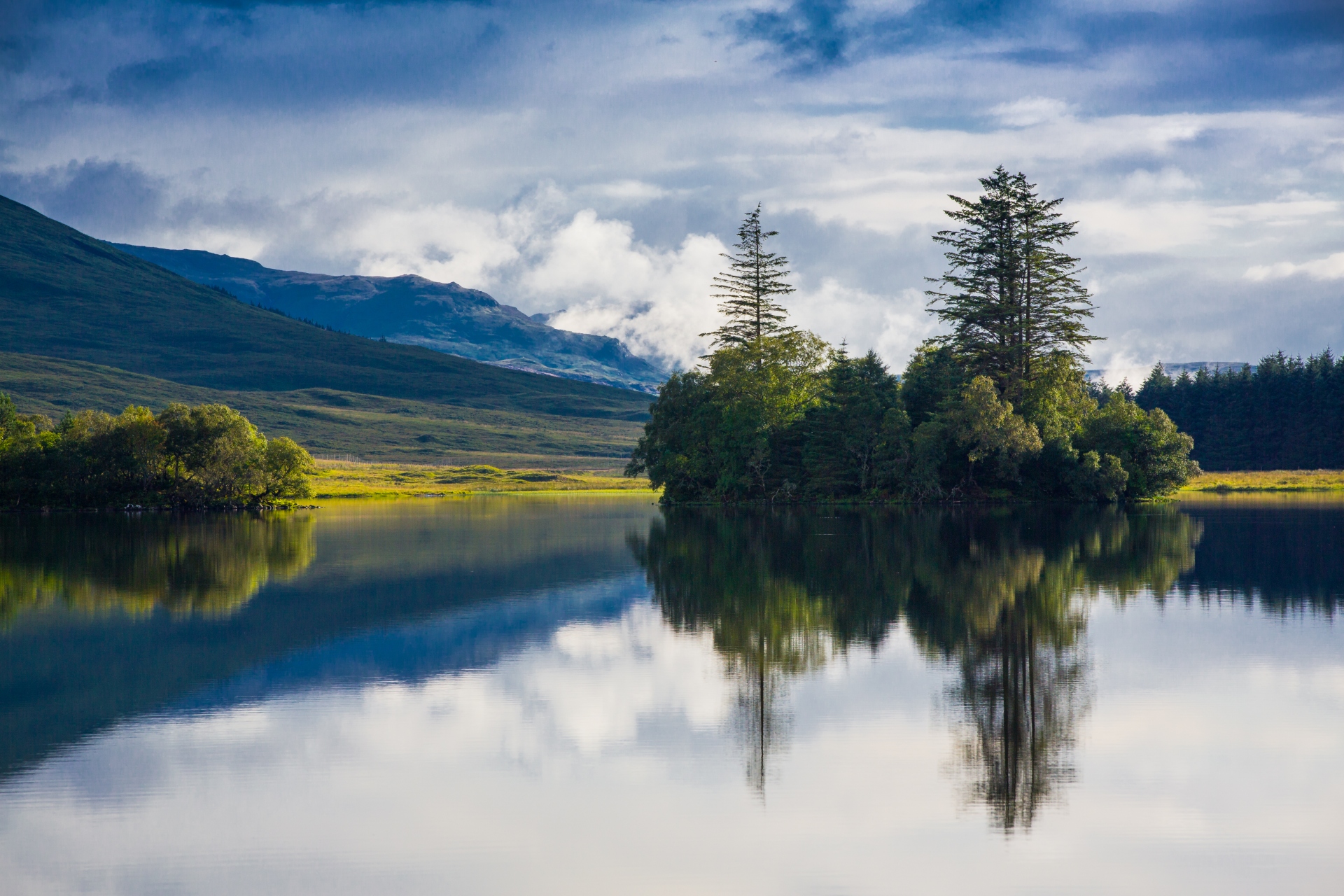Responsible water use

Scotch Whisky and water
Whisky’s very name comes from water, deriving from the Gaelic ‘uisge beath’, which means water of life. Water is central to the making of whisky, playing a part in production, cleaning, and cooling. It’s also vital to the biodiversity of the landscapes where our industry sites sit.
We have ambitious but realistic targets in place to reduce water use across the industry. In an industry with hundreds of years of heritage, processes and practices have evolved across manufacturers to meet individual needs and challenges. There’s no one-size-fits-all solution, which is why we are working with our members to Identify opportunities where efficiency improvements can be realised.
As a highly regulated sector, the Scotch Whisky industry has, for many years, striven to move beyond compliance by proactively managing risks to protect our water sources which are critical to the industry, as well as to the wider communities, flora and fauna located within these catchments. To reflect this ambition, we published our Water Stewardship Framework in the summer of 2023 which outlines our commitments to widen our activities beyond reducing production water use, to tackle wider catchment issues, such as the water quality and availability, biodiversity and morphology of our water sources, and how we will respond to a changing climate. We can only achieve our aims through collaboration, working together with our partners, regulators and other water users.

Responsible Use
Efficiency is about using what we have more effectively, and ultimately using less. By improving water efficiency, we reduce the amount we take from our surrounding environment and reduce the energy needed to pump and process the water we use. Distilleries’ water use varies greatly according to capacity and location, but all are committed to using water as responsibly as possible in line with the industry’s wider sustainability commitments.
As outlined in our Water Stewardship Framework, our current target range for water use per litre of alcohol produced is 12.5 to 25 l/lpa by 2025, reflecting the variability of water use which can vary greatly according to site operations and location. In recognition of the industries commitment to continue improving efficiencies, the target range will be reviewed every 2 years to track our progress over time.
We’ll next review this - and update on the industry’s collective progress in this area – in 2025.
“No distillery can sustain itself without good, high-quality water”